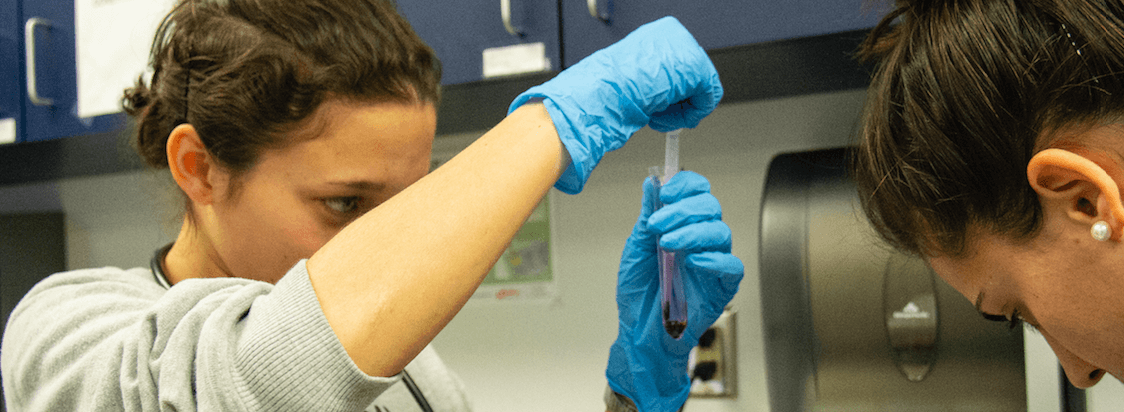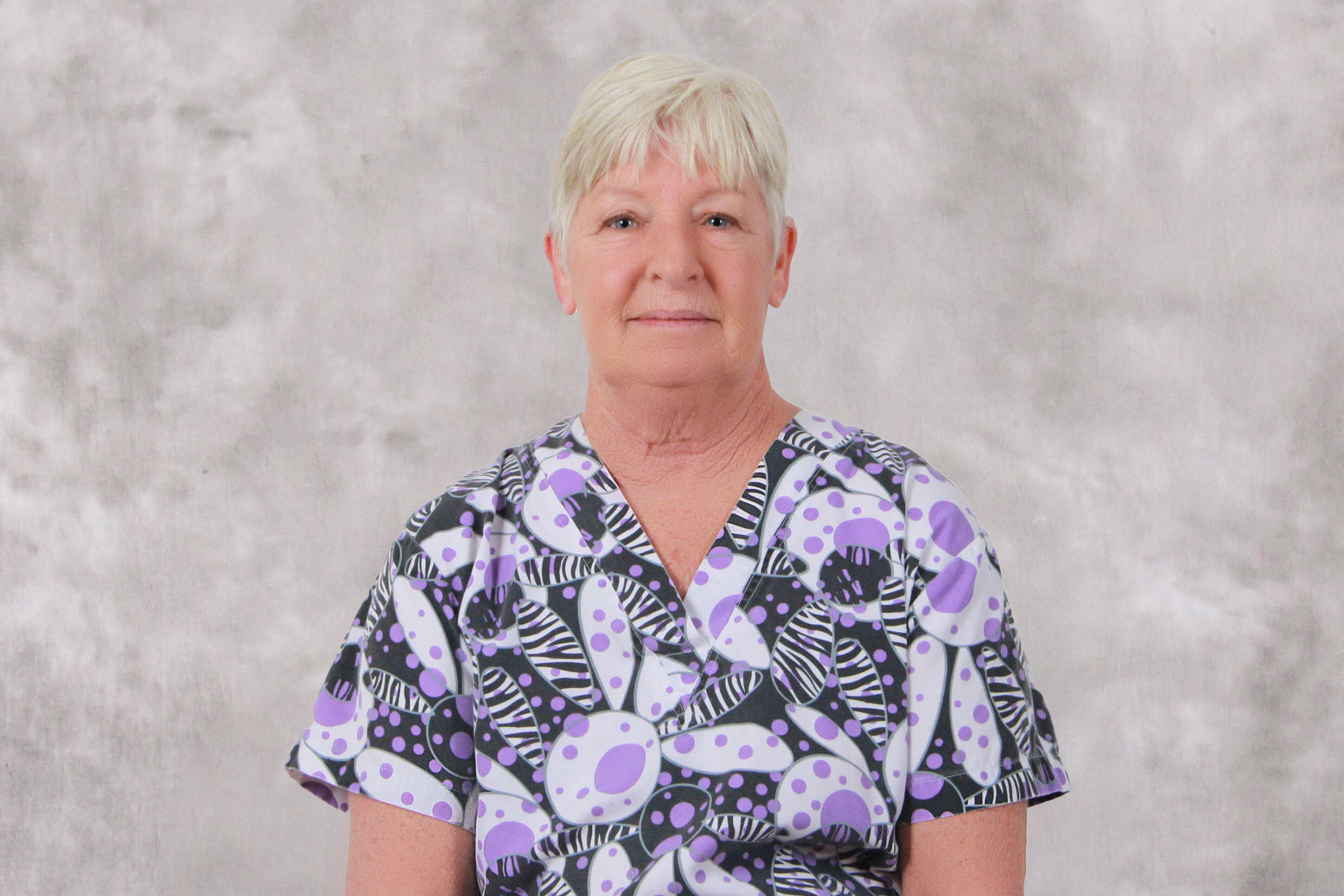Admissions Checklist
Below is a list of items Fort Hays Tech | Northwest’s Admissions Team will need prior to your acceptance into the Medical Assistant program.
-
A Fort Hays Tech | Northwest Application Completed and Submitted
-
High School or GED Transcript Submitted
- (If Applicable) College Transcript Submitted
- ACT/SAT or AccuPlacer Scores Submitted (AccuPlacer Testing can be scheduled on-site at the Fort Hays Tech | Northwest campus)
Required Immunization & Testing
- Copy of Immunization Records that show (Tetanus, Varicella, MMR ( measles, mumps, and rubella), Hep-B
- Tuberculosis (TB) Test
- Current TB to be completed between May 15 and July 15 of the Admission year.
- Students will be required to obtain a Flu vaccine due to clinical rotation requirements
Departmental Admissions Stipulation
- A Medical Assistant student must be 18 years of age at the time of admission into the program.
- You will also be required to purchase scrubs. (No particular color or pattern within the classroom and/or clinicals.)
- The student is responsible for their own transportation to & from clinical rotations throughout the academic school year
Required items can be submitted in person at the Fort Hays Tech | Northwest campus, via postal mail addressed to: Fort Hays Tech | Northwest Admissions, 1209 Harrison, Goodland, KS, or through email communications with admissions@nwktc.edu. **All listed items must be completed and submitted in full by August 12th, or the student will not be admitted into the program.
Job Placement
In 2021, Medical Assistant placed 80% of its graduates.
Graduate Placement Report
As one of the fastest growing allied health care careers medical assisting offers terrific opportunities for advancement. Medical assistants can advance to office manager, clinical supervisor, or qualify for a variety of administrative support occupations. Some medical assistants choose to teach medical assisting. Others choose to obtain a bachelor’s degree in human services, health promotion, or health services management, to name a few.
Medical assistants are paid competitive wages and can receive valuable benefits. More importantly, they have the satisfaction of knowing that they are helping others and making a positive difference in people’s lives.
Learning Outcomes
“To prepare medical assistants who are competent in the cognitive (knowledge), psychomotor (skills), and affective (behavior) learning domains to enter the profession.” Demonstrate professionalism.
- Demonstrate ICD and CPT coding procedures.
- Demonstrate phlebotomy and entry-level laboratory testing.
- Comply with principles of aseptic techniques and infection control.
- Demonstrate proficiency in medical office applications.
- Prepare patients and assist physicians with medical procedures.
- Perform reception and administrative duties.
- Demonstrate knowledge of Pharmacology.
- Apply ethical concepts in the field of medicine.
- Demonstrate mathematical and reasoning skills.
- Demonstrate effective reading, writing, speaking, listening and time management skills.
- Construct a Resume/Cover Letter.
Accreditation
Accreditation
“The Technical Certificate Medical Assistant Program is accredited by the Commission on Accreditation of Allied Health Education Programs (www.caahep.org) upon the recommendation of the Medical Assisting Education Review Board (MAERB) .”
All Medical Assistant AAS degree graduates are issued a technical certificate.
Commission on Accreditation of Allied Health Education Programs (CAAHEP)
9355 - 113th St. N, #7709
Seminole, FL 33775
727-210-2350
www.caahep.org
Medical Assisting Education Review Board (maerb.org)
www.maerb.org
The Medical Assisting program at Fort Hays Tech | Northwest Technical College has a five-year average of 83.33% for job placement for the years 2022-2023 based on the most recent Annual Report Form submitted to the Medical Assisting Education Review Board (MAERB) and the Commission of Accreditation of Allied Health Education Programs (CAAHEP).
Advisory Committee
- Scott Focke, CMC Clinic Administrator
- Jennifer Mazanec, Job Opportunities State of Kansas
- Ami Powell, RN GFHC
- Destiny Schroder, Regional Revenue Cycle Director
- Jackie Jorgenson, Medical Director
- Pam Whitson, Public Memeber
- Cassie Brown, Graduate -Alum
- Asa Bailey, Public Member -Alum
- Robert Whitcomb, Public Member
- Lyssa McComb, Graduate -Alum
- Jessica Lohr RN, Sherman County Public Health Department
- Jenny Cure, RN, Sherman County Public Health Department
- Kassi Gray RN, Sherman County Public Health Department
- Milan Brannick, Graduate Alum
- Jessica Carson, St. Francis Clinical Manager
- Raynie Harvey, Graduate Alum, Price Convention Center
 SEARCH
SEARCH


